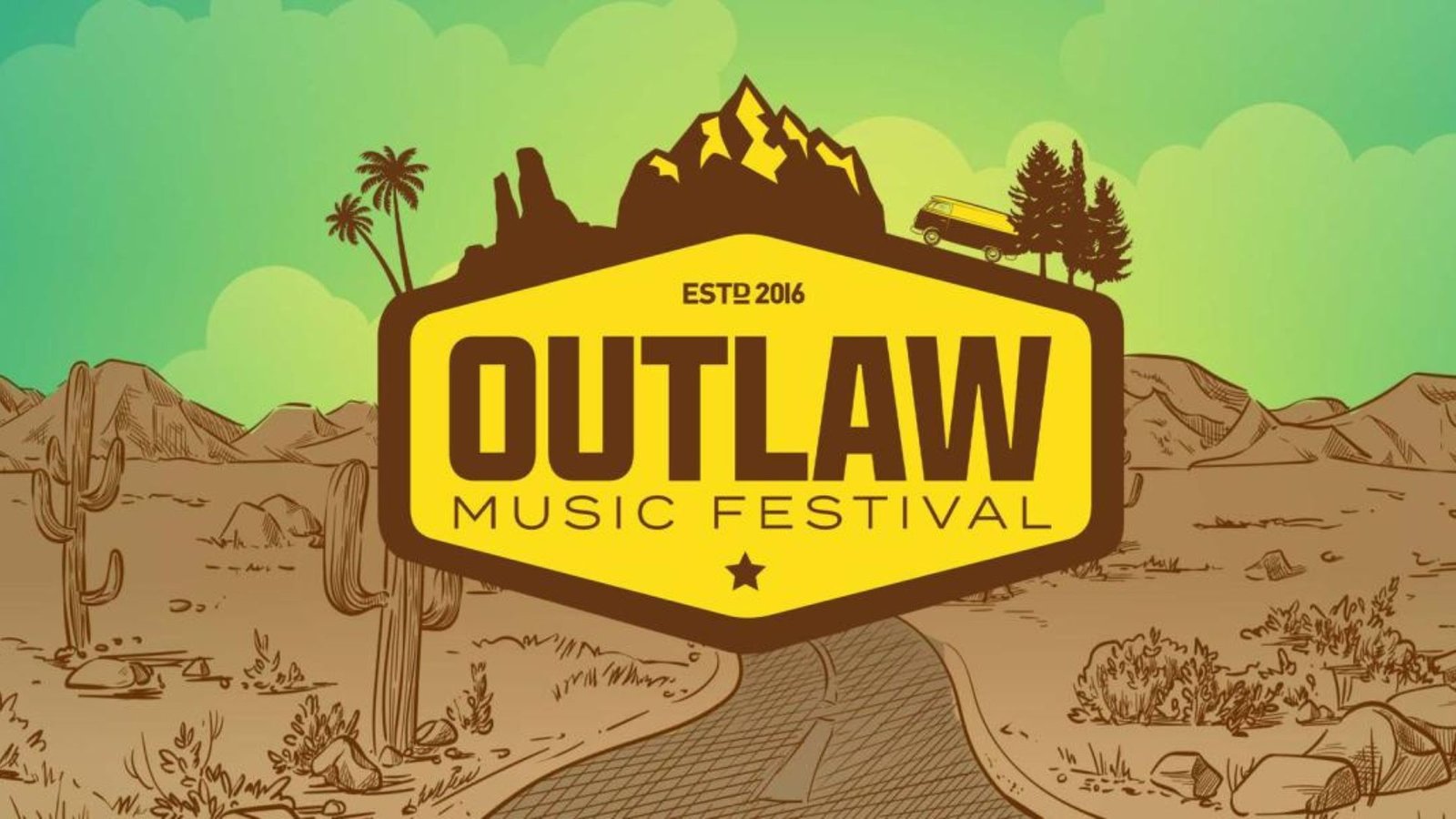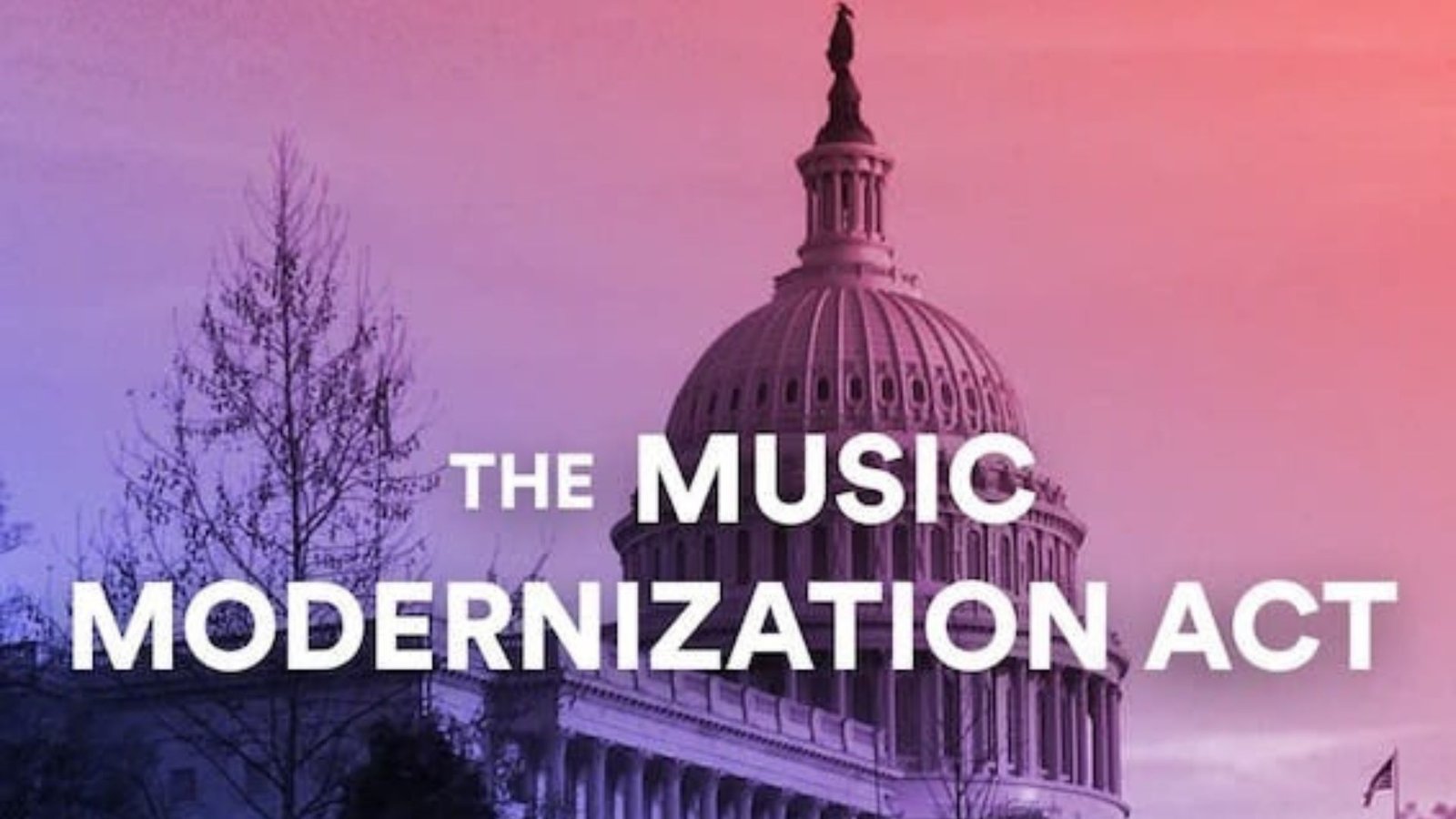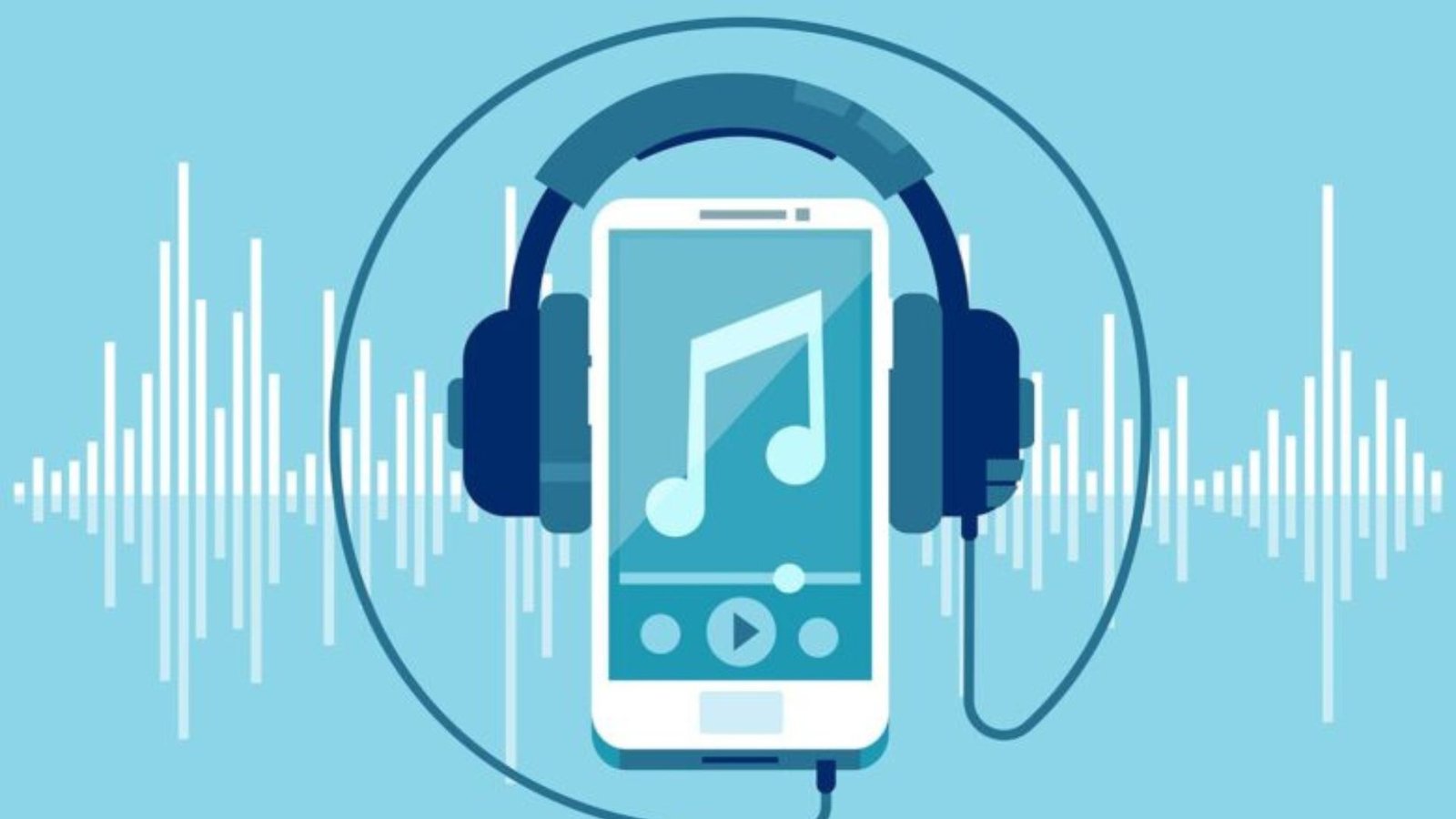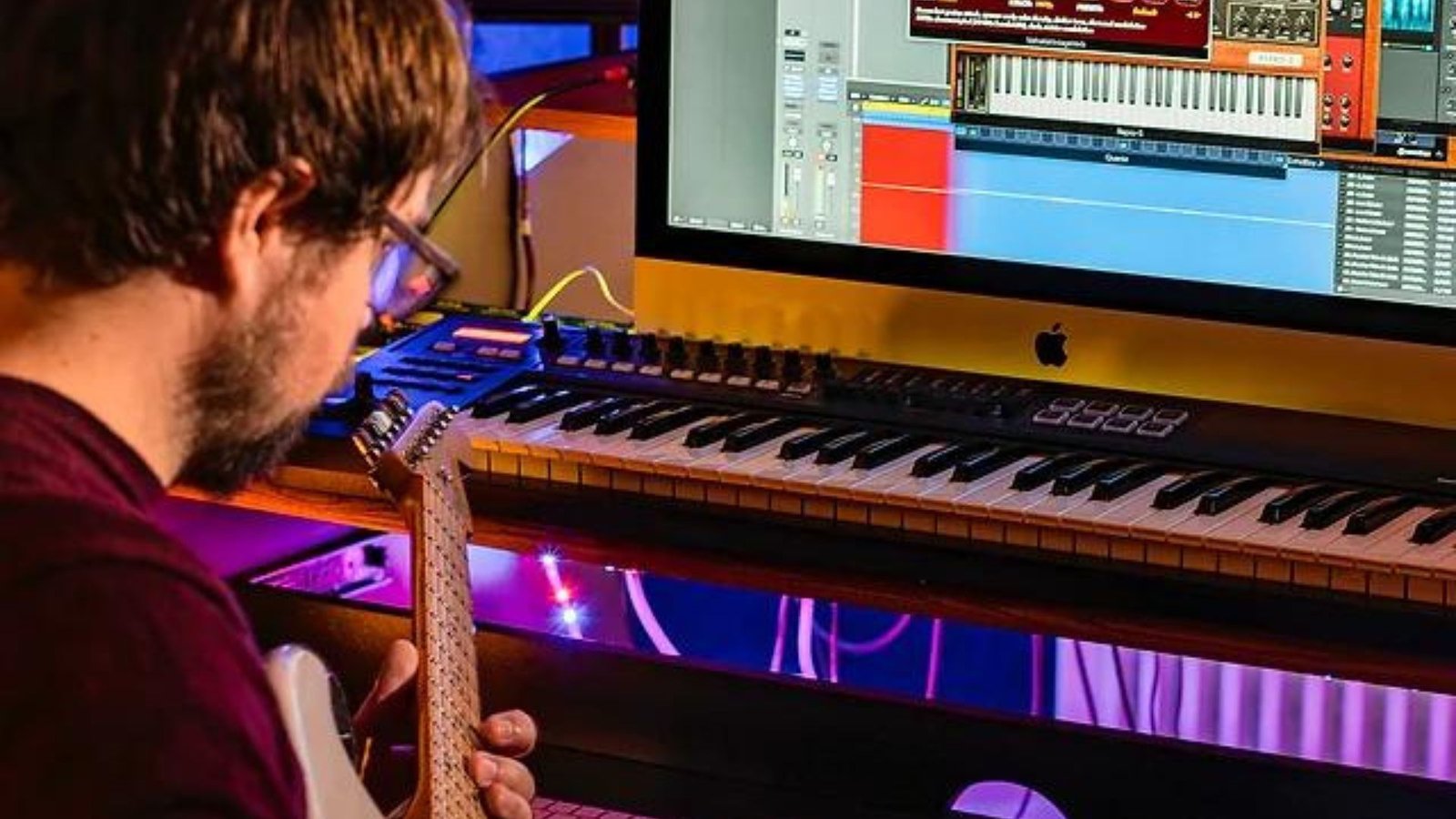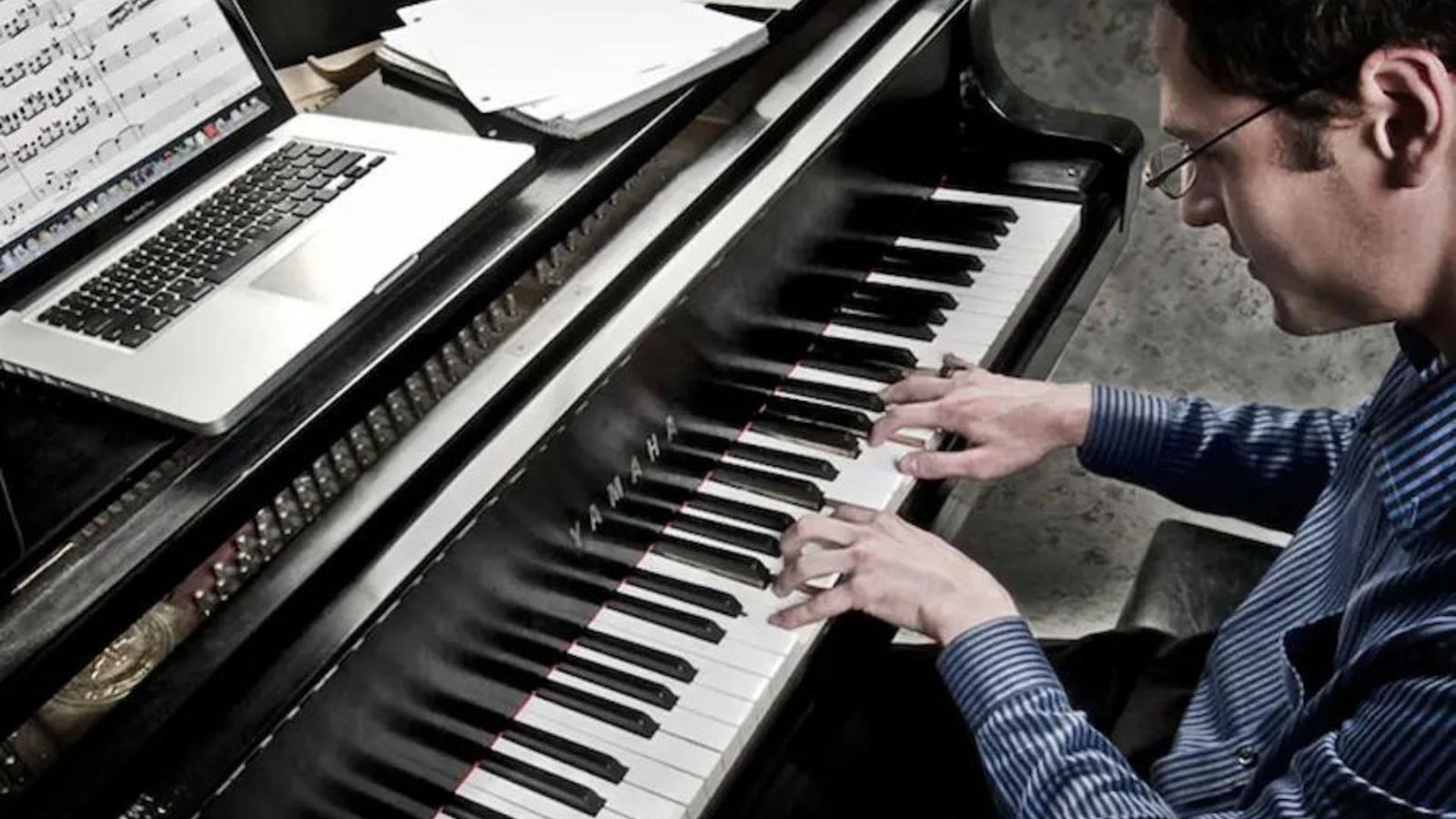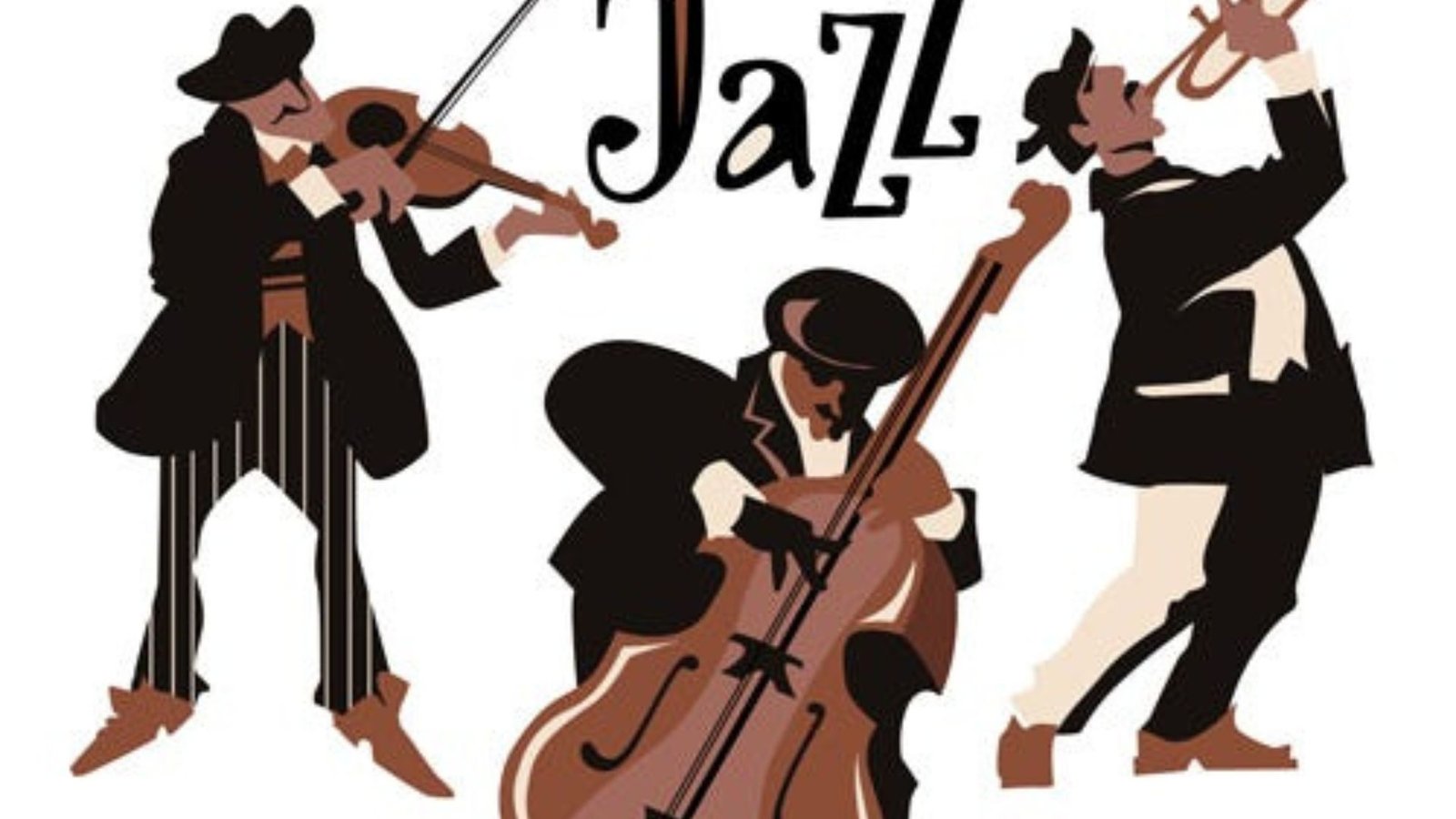Pitches in music are the building blocks of music. They define how high or low a sound is. The world of music is filled with captivating melodies, rhythmic beats, and harmonious chords. But have you ever stopped to think about the building blocks that create these sounds? The answer lies in pitches, the fundamental units that determine how high or low a musical sound is. This guide serves as your friendly introduction to the 10 pitches in music. We’ll explore their names, and how they interact with each other, and even share some fun facts to enhance your musical appreciation.

A Beginner’s Guide to the 10 Pitches in Music
The Wonderful World of Pitches
To begin with, imagine a musical staircase. Each step on this staircase represents a different pitch, with the lower steps sounding deeper and the higher steps sounding sharper. These pitches have specific names that musicians use to create melodies and harmonies.
The 10 Musical Pitches
The 10 musical pitches are:
- C
- D
- E
- F
- G
- A
- B
- C (one octave higher than the first C)
- D (one octave higher than the first D)
- E (one octave higher than the first E)
Understanding Octaves
You might notice that we have two Cs, Ds, and Es on this list. This is because of a concept called an octave. An octave is the interval between two pitches that sound similar but one is higher or lower than the other. Imagine climbing eight steps on our musical staircase; the eighth step will sound similar to the first step, but higher in pitch. This higher version of the first C is what we call “C (one octave higher than the first C)”.
Summary
The repeated Cs, Ds, and Es on the list represent octaves. An octave is like climbing eight steps on a musical staircase. The eighth step sounds similar to the first but higher in pitch. So, the second C is a higher version of the first C, called “C (one octave higher than the first C)”.
Musical Notation
The names of the pitches are used in conjunction with a system called musical notation to represent them on paper. This system uses staff lines and note symbols to indicate the pitch and duration of a sound.
The Pitch Family
The 10 pitches we explored can be grouped into a family of 12 notes. These additional two notes are called sharps (#) and flats (b). They represent slight variations in pitch between the main notes. We won’t delve into sharps and flats in this beginner’s guide, but understanding the core 10 pitches is a great foundation!
How Pitches Create Music
Furthermore, now that you know the 10 pitches, let’s see how they come together to create music. Musicians arrange these pitches in specific sequences to form melodies (single notes played one after another) and harmonies (multiple notes played together). The way these pitches are arranged determines the mood, feeling, and overall character of the music.
Fun Facts about Pitches
-
Absolute vs. Relative Pitch
Some people have perfect pitch, meaning they can identify a specific note just by hearing it. Most musicians rely on relative pitch, which is the ability to identify the interval (distance) between two pitches.
-
The Do Re Mi Scale
The familiar “Do Re Mi” song uses the first five pitches (C, D, E, F, G) to introduce the concept of musical scales. Scales are specific arrangements of pitches that create different musical sounds.
-
Musical Instruments and Pitch
Different instruments have varying ranges of pitches they can produce. A piano, for example, can play a much wider range of pitches compared to a flute.
The Takeaway
Moreover, understanding the 10 musical pitches is a stepping stone to appreciating the vast world of music. By recognizing these fundamental building blocks, you can start to identify patterns in melodies, understand how chords are formed, and gain a deeper appreciation for the magic of music! For more information about music and pitches in music visit this page.
Conclusion
In conclusion, this guide has equipped you with the basics of musical pitches. As you continue your musical journey, you can explore concepts like scales, intervals, and chords to further unlock the secrets of music theory. The possibilities are endless!

